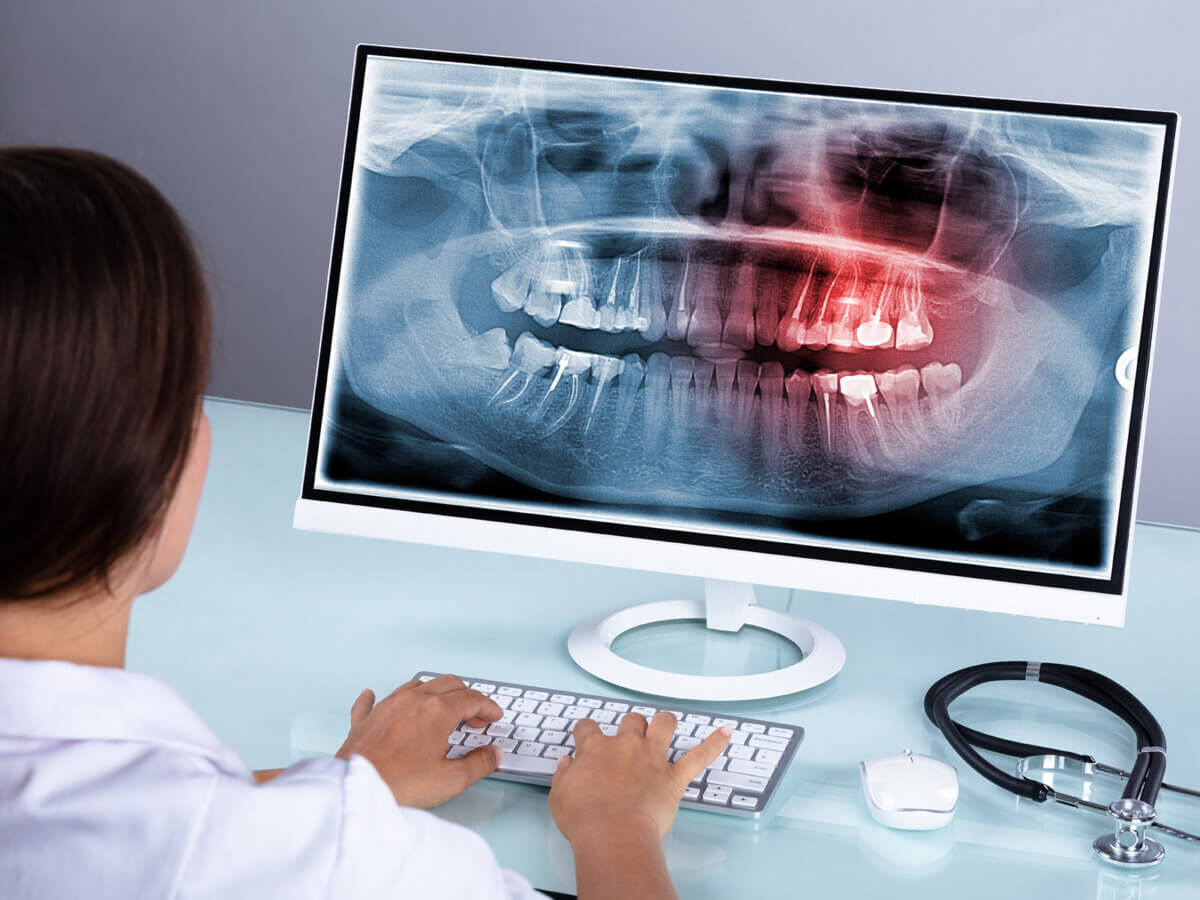Blog
Dental hygiene tips for healthy teeth & gums

Are Too Many Dental X-Rays Harmful?
X-rays of the teeth are a crucial aspect of any dentist’s practice. Dentists can use them to view what’s happening inside a patient’s mouth and treat any issues. However, many question the security of dental X-rays.
Can everyone use them without risk? Who should stay away? In this blog, we’ll explain why dental X-rays are perfectly safe and answer any other questions you might have.
When do you need a dental X-ray?
Low-dose radiation is used in dental X-rays to create images of your teeth and bones. Dental X-rays help dentists detect tooth decay, gum disease, and infection. Adults should have a full series of X-rays every three to five years, as the American Dental Association (ADA) recommends.
Nevertheless, your dentist may advise more or fewer X-rays based on the state of your teeth and gums. For instance, your dentist may recommend more frequent X-rays if you have cavities or other dental issues.
What about the safety of dental X-rays?
For the most part, a dental X-ray poses no danger to patients. Dental X-rays expose patients to a negligible dose of radiation. Commonplace activities like watching TV or taking a plane ride expose you to more radiation. However, some people, like pregnant women, should avoid or minimize their exposure to dental X-rays.
- According to the American Pregnancy Association, yearly checkup X-rays are generally safe to delay until after delivery. Many dental operations, especially dental emergencies, need an X-ray. The American College of Radiology states that an individual diagnostic X-ray does not emit enough radiation to harm a growing embryo or fetus.
Some pregnant mothers, knowing their unborn child is most vulnerable, may delay or forego dental care until after the first trimester. However, no proof of going to the dentist during this period can harm the unborn child. In addition, most women wait until after giving birth to get any dental treatment that isn’t an emergency. This reduces the likelihood of having a baby too soon and limits the time spent lying on your back.
- According to the ADA’s Children’s Mouth Healthy, X-rays are a valuable diagnostic tool that can assist your dentist in spotting signs of damage and disease that might otherwise go undetected during a visual examination. The imaging frequency varies on factors such as the patient’s age, the risk for disease, and the presence or absence of symptoms of oral disease.
Because their jaws and teeth are still developing, children may need X-rays more frequently than adults because they are more susceptible to decay. Your dentist will consider your medical record and oral exam when deciding if an X-ray is necessary.
Is There Danger Involved?
Dental X-rays carry few health hazards. However, radiation exposure does carry a slight danger of causing cancer. According to the National Cancer Institute, a full mouth series of dental X-rays is associated with a 0.4% increased lifetime risk of acquiring cancer.
Your dentist may take a digital X-ray of your teeth instead of conventional ones to reduce the radiation you are exposed to. A lead apron is another option for shielding yourself from radiation while visiting the dentist. The teeth are photographed by an electronic sensor in a digital X-ray. The data from the sensor is sent to a computer and shown on a monitor.
Wrapping Up
Digital scans produce up to 90% less radiation than film scans, making them safer. These X-ray images can be adjusted in brightness or contrast to help your dentist see even the smallest details. These can be easily achieved and shared across dentists since they can be kept in a digital format on a computer.
